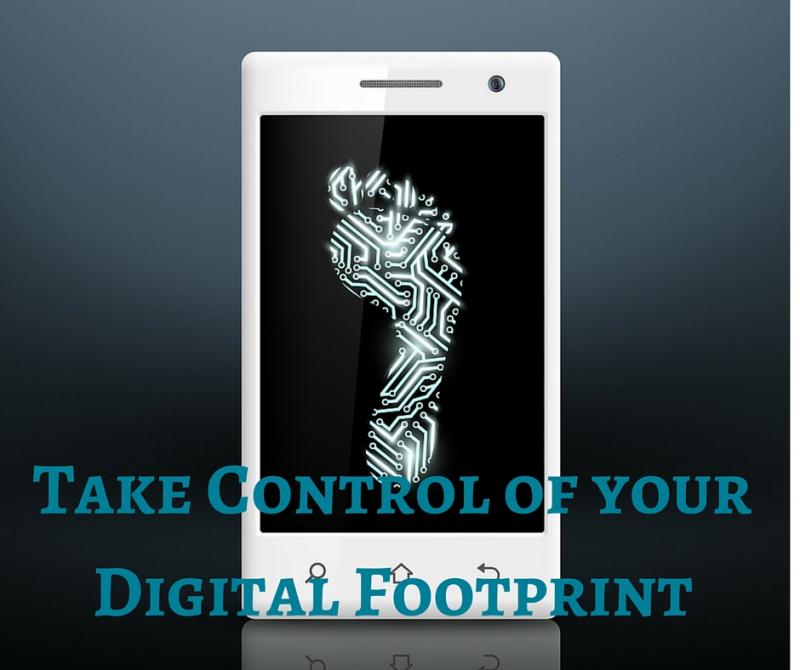
What is your digital footprint?
Have you ever done a web search of your own name? (Don’t lie. We’ve all done it. Why wouldn't you?)
How about the name of your company?
It is important to know what kind of digital footprint you’re leaving on the web; what are others going to see when they ‘google’ your name?
Take control of your digital footprint. How?
First, do a web search for your name or business. Be sure to do one search “incognito”, as some browsers, like Chrome, will tailor results based on your connections or past activity online. Searching incognito allows you to get a better idea for what potential clients, or your future mother-in-law, might see when doing a web search.
Also, you might want to consider checking common spelling variations. For example, our product FranticFroggy is all one word, but many searchers will undoubtedly type it as two: Frantic Froggy. The results are very different. Searchers will have a more difficult time finding relevant content when using two words. While you obviously can’t post incorrect spellings of your brand, you might want to include the variation in your meta data or alt tags.
Here are some basics about using meta data and tags to help with search results.
Do you like what you see in your results? Or do you see a lot of unrelated websites, or even negative information? (Or perhaps that photo you wish you’d never posted…)
What are some ways to “hide” those negative or irrelevant results in the SERP (search engine results page)?
You can’t get rid of something that is on the Internet. Trust me, many have tried. But you can push down the results to the nearly invisible realm of the 2nd (or more) results page.
How to own the first results page for your business or personal brand:
Get social.
Social media profiles tend to rank very high in search results, particularly if you’re active. If you haven’t already, get a profile on the major social media websites, such as LinkedIn, Twitter, Facebook, Google+, etc. Don’t have a lot of time to waste—er, I mean spend—posting on these sites? Try using
Hootsuite (you can have a basic account for free) to post content to all your social profiles simultaneously. You don’t need to become a top content producer to get some engagement and have your profile appear in search results.
Make sure the social profile name matches the name or brand you are trying to rank for, and connect it to your website to validate the profile.
Try posting positive PR.
You can post your own press releases to control some of the publicity about your brand. Write a release any time your company is doing something newsworthy, such as releasing a new product or signing with a new client. Perhaps you participated in a local fundraiser, or donate proceeds regularly. You can post the release for free through PR distribution sites like
prlog.org, or even send them to your local news media, who may include them. (This will also be great for SEO, or search engine optimization).
Use popular listing sites.
There are hundreds of directories and listing sights for every industry. Find a few listing sights that are popular and make sure to add your information. Crunchbase is a great choice, because it ranks well and it’s easy to keep updated. Here is a list of
top local directories to you can post your business in.
Generate content regularly.
Content marketing is a hugely successful technique. If you don’t already create unique content through a blog, slideshare, YouTube, or images, you are missing out. Creating content is also a great way to control what content is going to appear in search results in relation to your brand. New content tends to rank well, and if you have a YouTube channel that people are watching or a blog, those are great ways to control the content being shown to searchers.
What has been your experience in trying to control your reputation online? Share them, or any other tips you have, in the comments below!
